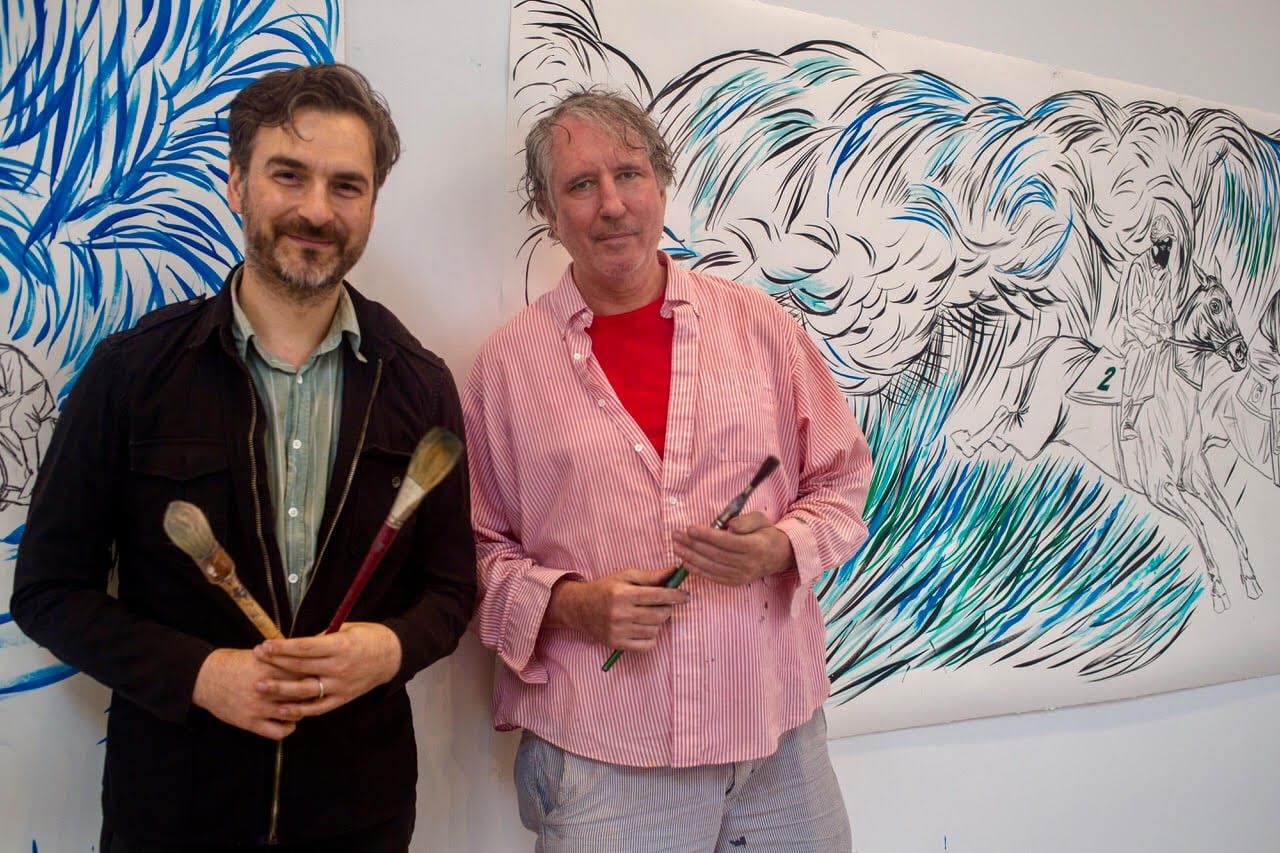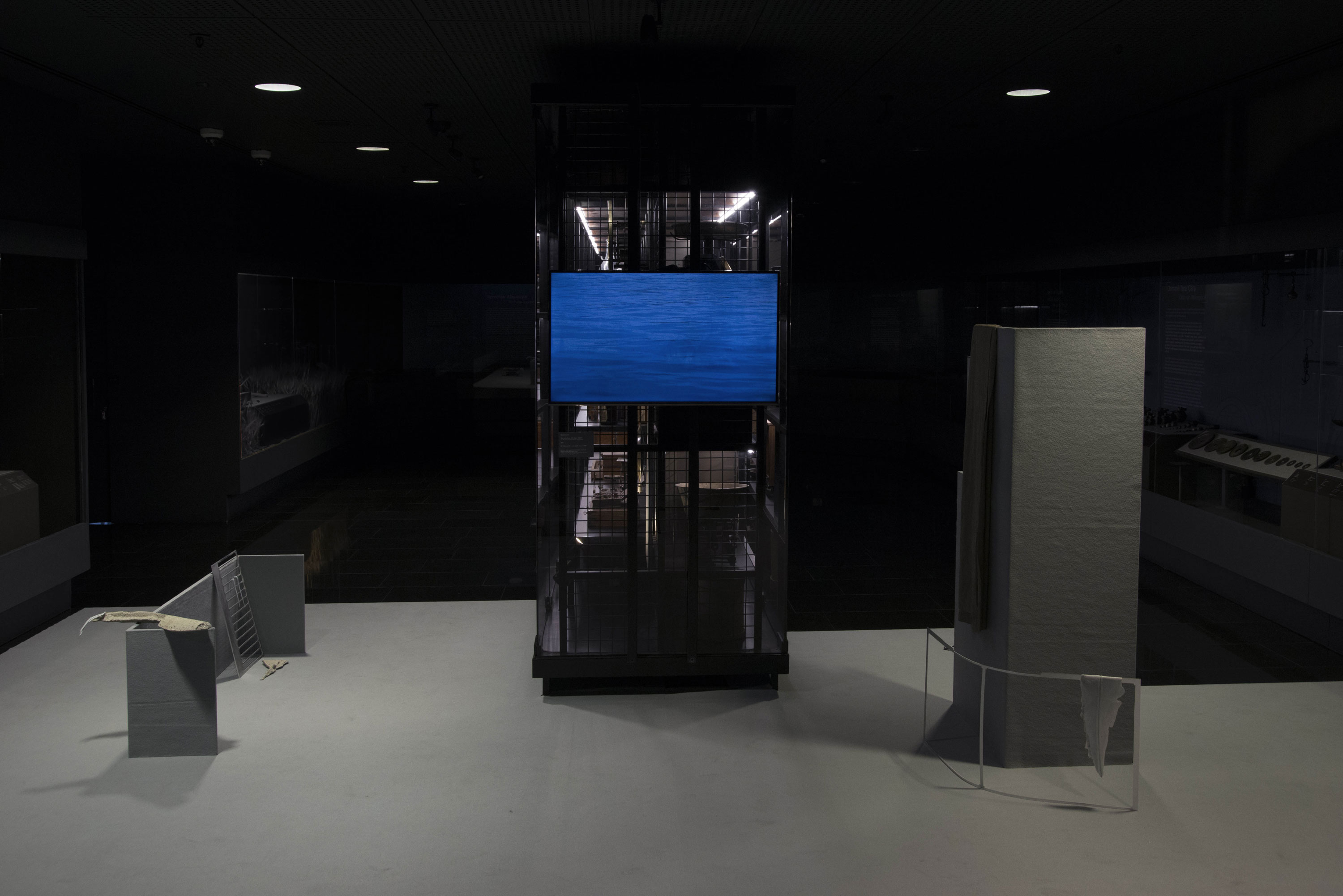Director: Barry Doupé
Canada, Japan; color, 120’, 2012
Japanese with Turkish subtitles
The film explores the power structure within a failing Japanese glass factory. Two parallel storylines — one involving the investigation of a suspect employee, the other a stolen painting — converge in an exposition on gender and desire. Doupé’s computer-animated film has its characters rapidly evolve through three distinct acts, while subverting the dominant archetypes in the Japanese salary man genre. The hierarchical relationship between boss and employees is undone to examine language, art, and expression. Doupé’s characters are looking for something only to be found through a crisis of feeling, a shaking up of the human world.

We meet at Marcel Dzama’s studio in Brooklyn on the occasion of his solo exhibition Dancing with the Moon at Pera Museum. On this freezing day in January, he welcomes us with a warm smile, and for a few hours, we step into his world filled with surreal characters, music, dance, politics, and play.

Inspired by its Anatolian Weights and Measures Collection, Pera Museum presents a contemporary video installation titled For All the Time, for All the Sad Stones at the gallery that hosts the Collection. The installation by the artist Nicola Lorini takes its starting point from recent events, in particular the calculation of the hypothetical mass of the Internet and the weight lost by the model of the kilogram and its consequent redefinition, and traces a non-linear voyage through the Collection.
Tuesday - Saturday 10:00 - 19:00
Friday 10:00 - 22:00
Sunday 12:00 - 18:00
The museum is closed on Mondays.
On Wednesdays, the students can
visit the museum free of admission.
Full ticket: 300 TL
Discounted: 150 TL
Groups: 200 TL (minimum 10 people)